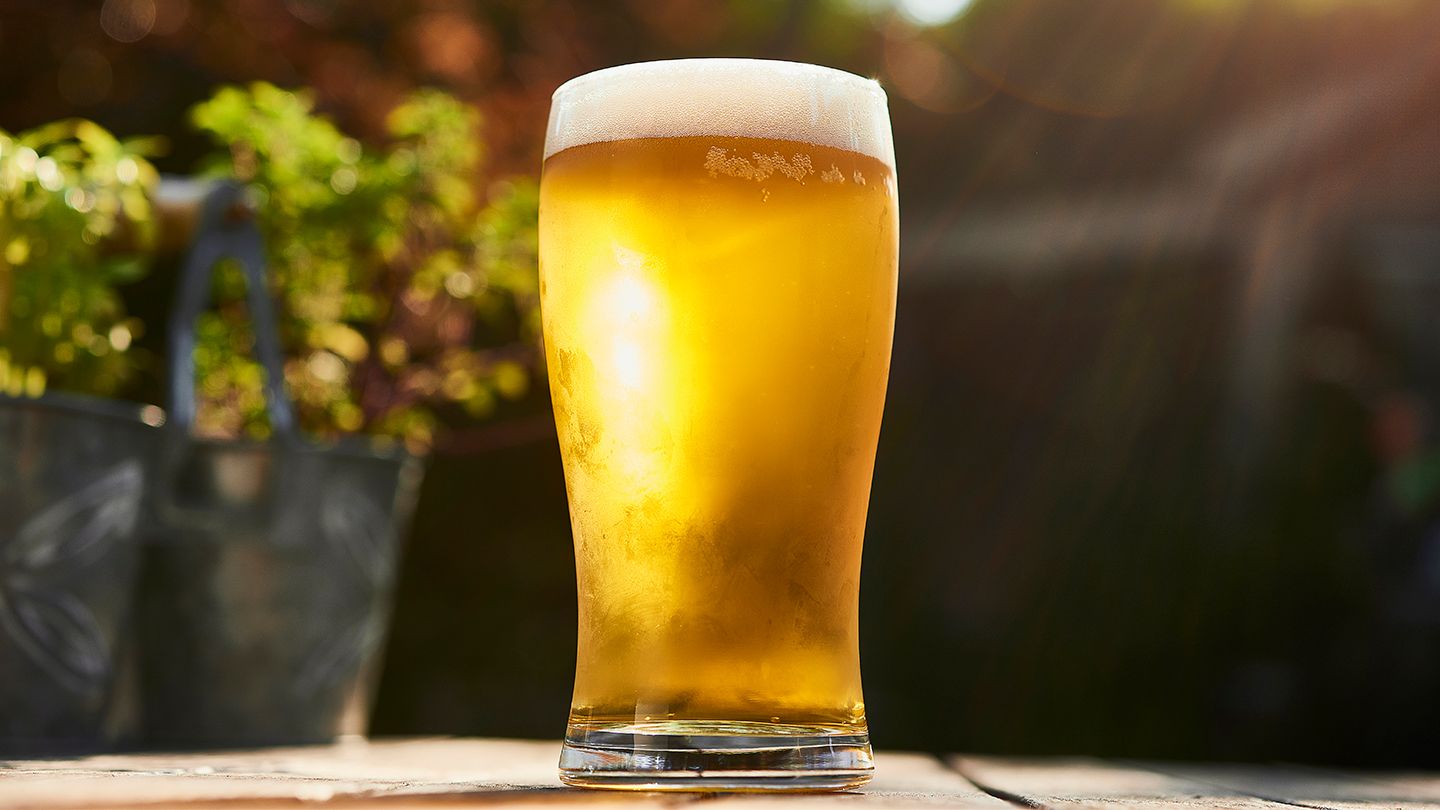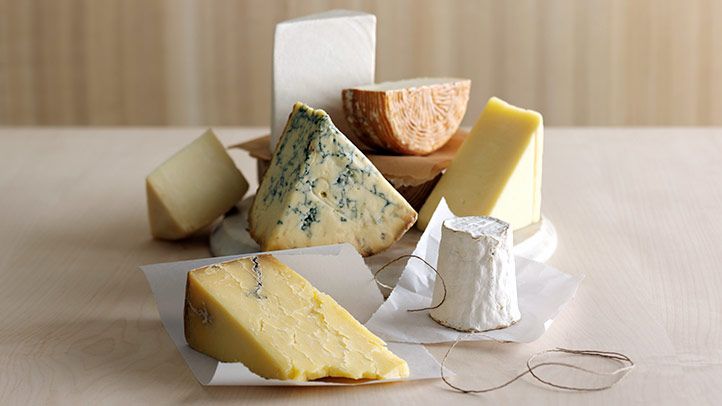What is the 90 50 30 Diet?
The 90 50 30 diet is a version of the ketogenic diet that focuses on specific macro nutrient ratios. The name refers to the percentage of calories that should come from each of the three macronutrients - fat, protein and carbohydrates.
On the 90 50 30 diet, 90% of your daily calories should come from fat, while only 5% comes from carbohydrates and the remaining 5% from protein. This works out to:
- 90% of calories from fat
- 5% of calories from protein
- 5% of calories from carbs
Following these macros puts your body into a state of ketosis, where you are burning fat rather than carbs for energy. The 90 50 30 diet is a very low carb, high fat diet that shares similarities with other keto diets like the standard ketogenic diet (SKD).
How the 90 50 30 Diet Works
Here is a breakdown of how the 90 50 30 diet works:
Dramatically Reduce Carb Intake
First and foremost, you must restrict your net carb intake to only 5% of total calories, which ends up being around 25-50 grams of net carbs per day for most people. Net carbs are calculated by subtracting fiber from total carbs.
Cutting carbs to this very low level helps transition your body into ketosis, a metabolic state where you burn ketones derived from fat for energy instead of glucose from carbs.
Increase Fat Intake
Next, increase your fat intake substantially so that 90% of your daily calories come from fat. This ends up being around 160-220 grams of fat per day.
Eating very high fat helps keep you feeling full and satisfied. It also provides the main fuel source while in ketosis.
Moderate Protein Intake
Protein should make up the remaining 5% of calories, which is around 20-40 grams per day. Restricting protein is important to prevent gluconeogenesis, a process where excess protein is converted to carbs.
Moderating protein also helps maintain ketosis and promote fat burning.
Foods to Eat on 90 50 30
Here are some of the main foods that fit into a 90 50 30 diet:
High Fat Foods
- Oils - olive oil, avocado oil, coconut oil
- Butter and ghee
- Fatty cuts of meat
- Bacon
- Dark meat chicken and turkey
- Salmon and fatty fish
- Eggs
- Cheese
- Nuts and seeds
- Nut butters
- Coconut
- Full-fat dairy
- Avocados
- Olives
Low Carb Veggies
- Leafy greens
- Broccoli
- Cauliflower
- Asparagus
- Peppers
- Green beans
- Celery
- Tomatoes
- Onions
- Zucchini
- Cabbage
Moderate Protein Foods
- Eggs
- Fatty meats
- Fish and seafood
- Poultry
- Natural peanut or almond butter
- Tofu and tempeh
Foods to Avoid on 90 50 30
Since carb intake needs to be extremely low, there are many high carb foods that should be eliminated:
- Grains - wheat, rice, oats, corn, etc.
- Bread, pasta, cereal, etc.
- Beans and legumes
- Starchy vegetables like potatoes
- Fruit except for small portions of berries
- Sugar
- Most condiments and sauces
- Anything processed or packaged
- Root vegetables and tubers
- Fat-free foods
- Low-fat dairy products
It's also important to watch the labels on packaged foods and avoid anything with added sugars.
Benefits of the 90 50 30 Diet
Here are some potential benefits of following a 90 50 30 style ketogenic diet:
- Weight loss - The extremely low carb intake promotes fat burning. Many report losing a significant amount of weight.
- Reduced appetite - High fat diets are often very satiating and can reduce hunger.
- Stable energy - Burning fat provides steady fuel for the brain and body.
- Improved mental focus - Your brain may function better with ketones rather than glucose.
- Lowered insulin - Carb restriction can greatly reduce insulin levels.
- Increased HDL cholesterol - Ketogenic diets are known to increase "good" HDL.
Downsides of the 90 50 30 Diet
The 90 50 30 diet does come with some potential downsides and drawbacks:
- Very difficult carb restriction - Only around 25 grams of net carbs per day is allowed.
- Nutrient deficiencies - Micronutrient intake may be lacking over time.
- Keto flu symptoms - The transition to ketosis can sometimes cause headaches, fatigue, etc. for a short period.
- "Crash" after cheat days - Falling out of ketosis can result in low energy and other side effects.
- Constipation - Lack of fiber from grains and fruits may cause issues.
- Bad breath - Ketone bodies can cause foul smelling breath.
- Low blood sugar - Some experience drops in glucose when first starting keto.
90 50 30 vs Standard Ketogenic Diet
The standard ketogenic diet (SKD) normally recommends macros of around:
- 75% fat
- 20% protein
- 5% carbs
So the primary difference is that 90 50 30 calls for an even higher fat intake, at 90% of calories compared to 75%. Protein is also slightly lower.
In terms of food choices, the 90 50 30 diet and SKD are very similar - all keto diets emphasize low carbs, moderate protein and high fat.
Additional Tips for Success on 90 50 30
Here are some additional recommendations to help you achieve success on the 90 50 30 diet:
- Drink plenty of water - Stay well hydrated, especially in the first few weeks.
- Supplement electrolytes - Get extra sodium, magnesium and potassium to reduce flu symptoms.
- Consider exogenous ketones - These can help boost blood ketone levels.
- Increase fat gradually - Slowly ramp up fat over a few weeks to allow your body to adapt.
- Read ingredient labels - Watch out for hidden sugars in condiments and sauces.
- Plan ahead - Having keto snacks on hand helps avoid cheating.
- Include fat bombs - These energy dense fat sources like coconut oil fat bombs can increase fat intake.
- Measure and track - Weigh food and use a tracking app to ensure youre hitting macro targets.
Sample 90 50 30 Diet Meal Plan
Here is a sample menu showing what a one day meal plan might look like on the 90 50 30 diet:
Breakfast
- 3 eggs fried in olive oil
- 1/4 avocado
- 1 oz cheddar cheese
- Black coffee
Lunch
- Tuna salad with olive oil mayo
- 1 oz pecans
- Sliced cucumber
Dinner
- 6 oz salmon cooked in butter
- 1 cup steamed broccoli with cheese sauce
- Side salad with olive oil dressing
Snacks
- Blend of coconut oil, cocoa powder, peanut butter
- Hard boiled eggs
- Low carb protein shake with MCT oil
This provides around 90% calories from fat, 5% from protein and 5% from carbs.
Should You Try the 90 50 30 Diet?
The 90 50 30 diet is an extreme version of the ketogenic diet that may work well for some people. However, it involves very high fat intake and extremely carb restriction below even standard keto diets.
This style of keto is best suited for those who enjoy high fat foods and are able to stick with carb counts under around 25-50 grams per day. It may not be sustainable or appropriate for everyone.
As with any very low carb diet plan, speak to your healthcare provider first and be mindful of any side effects like keto flu, constipation and nutrient deficiencies.
FAQs
What are the macro ratios for the 90 50 30 diet?
The macro nutrient ratios for this diet are 90% of calories from fat, 5% from protein and 5% from carbs.
How many carbs can you eat on the 90 50 30 diet?
Carb intake is very restricted, around just 25-50 grams of net carbs per day.
Can I build muscle on the 90 50 30 diet?
Building muscle would be very difficult due to the low protein intake, which provides only 5% of total calories.
Is the 90 50 30 diet safe long term?
This style of keto is safe for some but the extremely high fat and low carb intake may not be suitable for long term use for everyone.
What are some high fat foods to eat on 90 50 30?
Good options include oils, butter, fatty meats, cheese, nuts and seeds, avocados, and coconut products.
Disclaimer: This article is for informational purposes only and does not constitute medical advice. Always consult with a healthcare professional before starting any new treatment regimen.
Related Coverage
Keto non-alcoholic beer is a guilt-free, low-carb option for those following the ketogenic diet. Discover the benefits, varieties, and how to incorporate it into your keto lifestyle....
Discover why hard boiled eggs are a perfect addition to a ketogenic diet, their nutritional benefits, how to incorporate them into your meal plan, and delicious keto-friendly recipes featuring hard boiled eggs....
Get the scoop on the best and worst cheeses for a low carb or keto diet. Discover which high and low lactose cheeses to choose plus delicious cheese recipes....
Get this complete high protein, low carb vegetarian diet plan including a shopping list, weekly meal plan, snacks, and supplement recommendations to achieve ketosis....
Gold tequila gets its sweet, smooth flavor from barrel aging not added sugars. Only mixto tequila may contain sweeteners. Learn to pick 100% agave gold tequila....
Discover the carb content in frozen strawberries and how to incorporate them into a keto diet. Learn tips for portion control, recipe ideas, and more....
Research on whether weed stunts growth has been mixed. While early use may delay growth slightly, genetics and lifestyle matter more. Learn the evidence....
Learn whether honey is keto-friendly, the best low-carb honey alternatives, and healthier ways to incorporate honey into a ketogenic diet....
Discover the best and worst cheeses for a keto diet. Learn how to navigate the cheese aisle and make informed choices to enjoy delicious, low-carb cheeses like parmesan....
Get tips for locating high protein food options at restaurants like burger joints and steakhouses or quick grabs like yogurt parfaits and tuna packs near your home or work....









